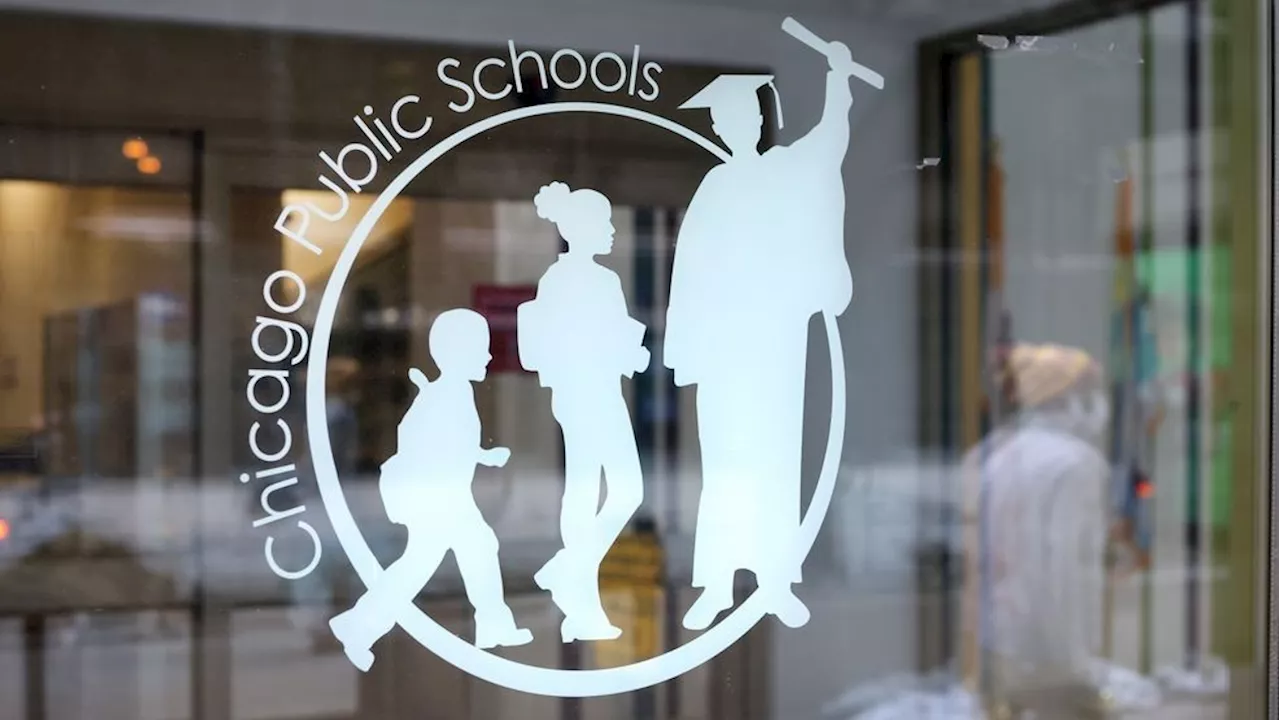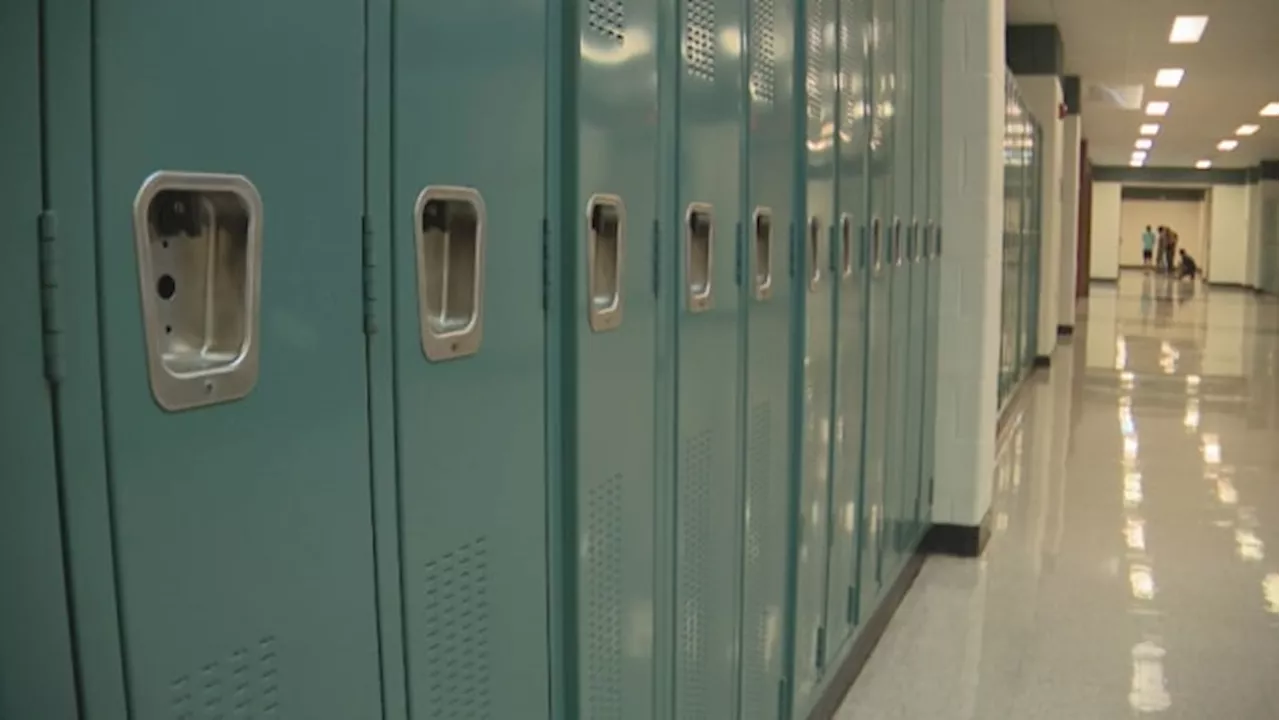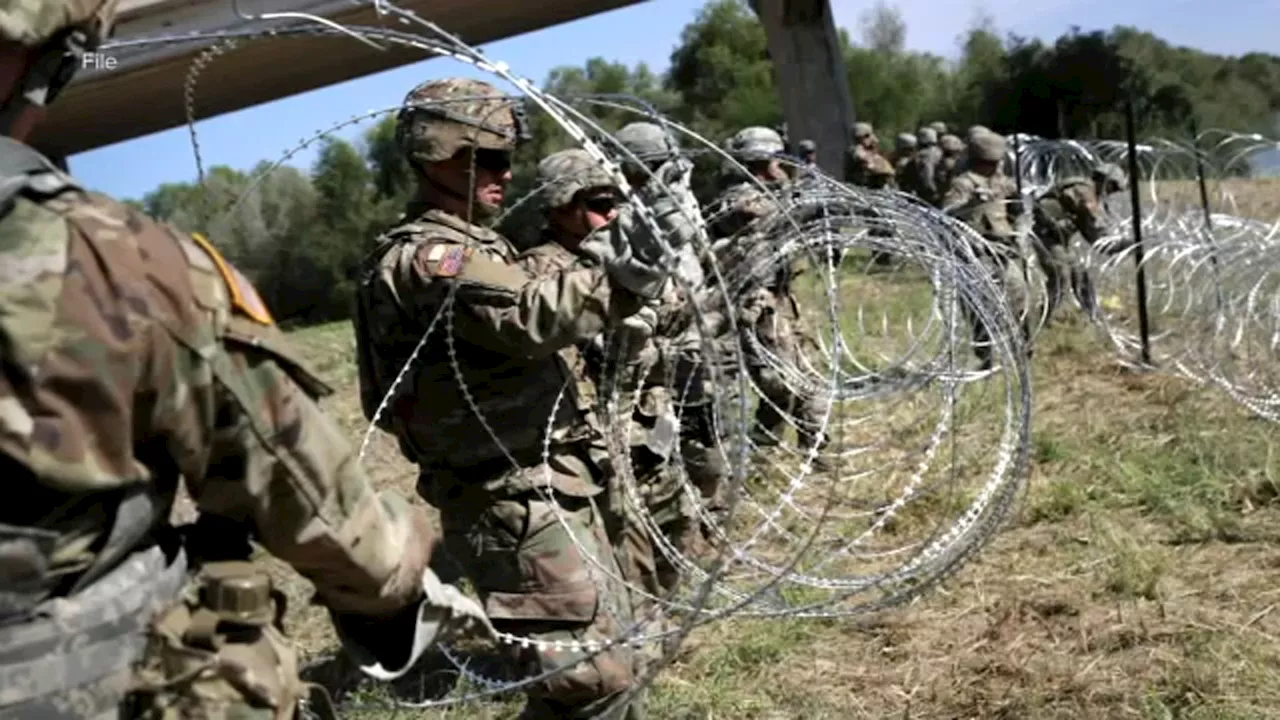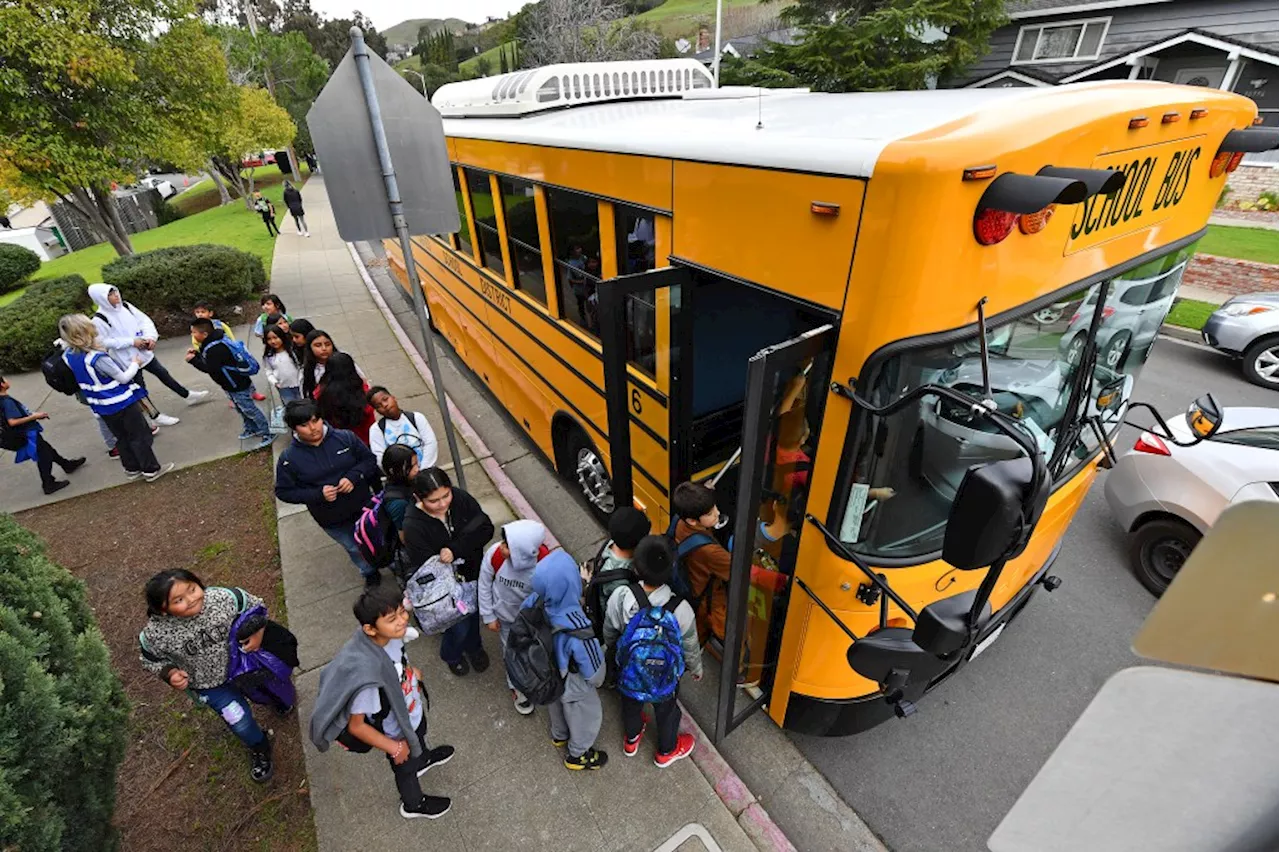The Trump administration's decision to rescind protections for sensitive locations, including schools, has created a climate of fear for immigrant children and their families. This article explores the impact of this policy, highlighting the legal challenges and the efforts of state and local authorities to protect schools from ICE raids.
Immigrant children are facing a new form of playground bullying: The Trump administration and its allies are trying to scare them away from school. One of the Trump Department of Homeland Security’s first actions was to discard a core restraint on immigration enforcement. For decades, Democratic and Republican administrations have abided by policies, formalized in memoranda, that limited immigration enforcement in so-called sensitive locations: churches, hospitals, daycares and schools.
But on the day after the inauguration, the new administration abandoned those protections against raids and arrests. Now California legislators are fortifying the state’s bulwarks against Immigration and Customs Enforcement and the administration’s tactics. California already prohibits public schools from collecting immigration information about pupils and families, and in December, state legislators introduced bills further requiring schools and daycares to refuse consent for ICE to enter without a judicial warrant. Another bill, introduced in late January, would use schools’ emergency notification systems to alert students and parents of the presence of immigration officers. The state laws can slow ICE, but they can’t override federal law. Even if denied entry, ICE could wait in schoolyards or conduct raids at football games. According to estimates from the Migration Policy Institute, about 5 million children in the United States live with at least one undocumented parent, potentially transforming school dropoffs into deportation launchpads. (Not to say that the Trump administration could, much less should, muster the hundreds of billions of dollars required for wide-scale immigration arrests.)Ending the “sensitive locations” policy has nothing to do with necessity. When pressed on the wisdom of ICE terrorizing schoolchildren, Vice President JD Vance invoked the boogeyman of a “violent murderer in a school.” But the previous policy already allowed ICE to make arrests in schools and elsewhere in an emergency, or when its officers had no other alternative. So what’s the point? For the most part, making a flashy show of toughness and sowing fear among immigrants. Surely part of the goal is self-deportation. Some state and local jurisdictions were ahead of Homeland Security when it came to intimidation. This fall, the Saugus, Mass., school district began demanding proof that new students were legal residents. The Oklahoma State Board of Education just voted to require that parents and legal guardians “provide proof of their citizenship when they enrolled children in school.” Such requirements may ring a bell for Californians: Similar surveillance and limitations on immigrant education were core to Proposition 187, the 1994 ballot measure pushed by Republicans that is often credited with the demise of the GOP in the state. Proposition 187 did not stand up to judicial scrutiny. Neither did a similar law in Alabama in 2012. Both were thwarted by Plyler vs. Doe — a 1982 Supreme Court case establishing the constitutional right of equal access to public education regardless of immigration status. But the current court has already demonstrated its willingness to reverse longstanding precedent, including by overturning Roe vs. Wade. So the conservative Heritage Foundation is pressing for other states and districts to follow Oklahoma’s and Saugus’ lead, with hopes that the Supreme Court will reconsider Plyler. Oklahoma school superintendent Ryan Walters, like many, frames his attacks on immigrant children and “sanctuary schools” as economic. He demanded reimbursement from the federal government for educating immigrant children. The Plyler decision didn’t buy into such logic. In that case, Texas argued that its resources were being stretched too thin because of immigrant schoolchildren. But the court pointed out that unauthorized immigrants were “contributing their labor to the local economy and tax money to the state.” And, it added, the savings Texas sought were “wholly insubstantial in light of the costs involved to these children, the State, and the Nation” of creating “a subclass of illiterates within our boundaries.” Educational leaders also must speak out. California legislators should pass the legislation to further protect schools against ICE intrusion. Local schools can also directly help protect their communities. Los Angeles Unified School District has a plan for mandatory teacher training, and it will provide “know your rights” cards to parents. While these efforts cannot fully protect against school-site arrests, school staff can give families tools to stand up for themselves and their communities
IMMIGRATION POLICY SCHOOL SAFETY ICE CALIFORNIA LEGISLATION EDUCATIONAL RIGHTS
United States Latest News, United States Headlines
Similar News:You can also read news stories similar to this one that we have collected from other news sources.
 Secret Service agents, not ICE, attempted to enter Chicago elementary schoolChicago Public Schools originally claimed Friday Immigration and Customs Enforcement agents visited one of its schools.
Secret Service agents, not ICE, attempted to enter Chicago elementary schoolChicago Public Schools originally claimed Friday Immigration and Customs Enforcement agents visited one of its schools.
Read more »
 Secret Service agents, not ICE, attempted to enter Chicago elementary schoolChicago Public Schools originally claimed Friday Immigration and Customs Enforcement agents visited one of its schools.
Secret Service agents, not ICE, attempted to enter Chicago elementary schoolChicago Public Schools originally claimed Friday Immigration and Customs Enforcement agents visited one of its schools.
Read more »
 Conroe ISD Clarifies Protocols for Interactions with Law Enforcement Amidst Increased Immigration EnforcementAmidst heightened immigration enforcement in southeast Texas, the Conroe Independent School District (CISD) has released detailed protocols outlining how they handle requests from law enforcement agencies while prioritizing student safety and legal compliance. The district emphasizes that students are not required to disclose their citizenship status and assures parents/guardians that local law enforcement has not contacted the district regarding student citizenship or plans for arrests.
Conroe ISD Clarifies Protocols for Interactions with Law Enforcement Amidst Increased Immigration EnforcementAmidst heightened immigration enforcement in southeast Texas, the Conroe Independent School District (CISD) has released detailed protocols outlining how they handle requests from law enforcement agencies while prioritizing student safety and legal compliance. The district emphasizes that students are not required to disclose their citizenship status and assures parents/guardians that local law enforcement has not contacted the district regarding student citizenship or plans for arrests.
Read more »
 Utah Law Enforcement to Focus on Suspected Criminals in Immigration Enforcement CooperationA Utah Department of Public Safety official clarifies the state agency's role in any federal immigration enforcement initiatives, stating that the focus would be on suspected criminals. The agency's cooperation with federal authorities, as outlined by Gov. Spencer Cox, centers on individuals involved in criminal activity. While state officials may contact Immigration and Customs Enforcement (ICE) if they encounter individuals suspected of being in the country illegally during a criminal investigation, the primary objective remains apprehending individuals for state crimes. Utah Highway Patrol troopers will not conduct checks to determine the migratory status of people, and state law enforcement officials are not authorized to make arrests for federal immigration offenses.
Utah Law Enforcement to Focus on Suspected Criminals in Immigration Enforcement CooperationA Utah Department of Public Safety official clarifies the state agency's role in any federal immigration enforcement initiatives, stating that the focus would be on suspected criminals. The agency's cooperation with federal authorities, as outlined by Gov. Spencer Cox, centers on individuals involved in criminal activity. While state officials may contact Immigration and Customs Enforcement (ICE) if they encounter individuals suspected of being in the country illegally during a criminal investigation, the primary objective remains apprehending individuals for state crimes. Utah Highway Patrol troopers will not conduct checks to determine the migratory status of people, and state law enforcement officials are not authorized to make arrests for federal immigration offenses.
Read more »
 Texas Law Enforcement Agencies Face Challenges in Assisting ICE with Immigration EnforcementA new law in Texas expands the powers of law enforcement agencies to apprehend migrants and allows local judges to order their removal from the United States. While sheriffs in Maverick and Kinney counties express support for deporting criminal immigrants, they cite resource constraints and legal concerns as challenges in effectively collaborating with ICE.
Texas Law Enforcement Agencies Face Challenges in Assisting ICE with Immigration EnforcementA new law in Texas expands the powers of law enforcement agencies to apprehend migrants and allows local judges to order their removal from the United States. While sheriffs in Maverick and Kinney counties express support for deporting criminal immigrants, they cite resource constraints and legal concerns as challenges in effectively collaborating with ICE.
Read more »
 DHS Expands Immigration Enforcement Powers, Allows DOJ Agencies to Act as Immigration OfficersThe Department of Homeland Security is granting authority to several Department of Justice agencies to enforce immigration law, marking a significant expansion of immigration enforcement powers. This move comes alongside the Trump administration's decision to revoke restrictions on arrests in 'sensitive' areas.
DHS Expands Immigration Enforcement Powers, Allows DOJ Agencies to Act as Immigration OfficersThe Department of Homeland Security is granting authority to several Department of Justice agencies to enforce immigration law, marking a significant expansion of immigration enforcement powers. This move comes alongside the Trump administration's decision to revoke restrictions on arrests in 'sensitive' areas.
Read more »
